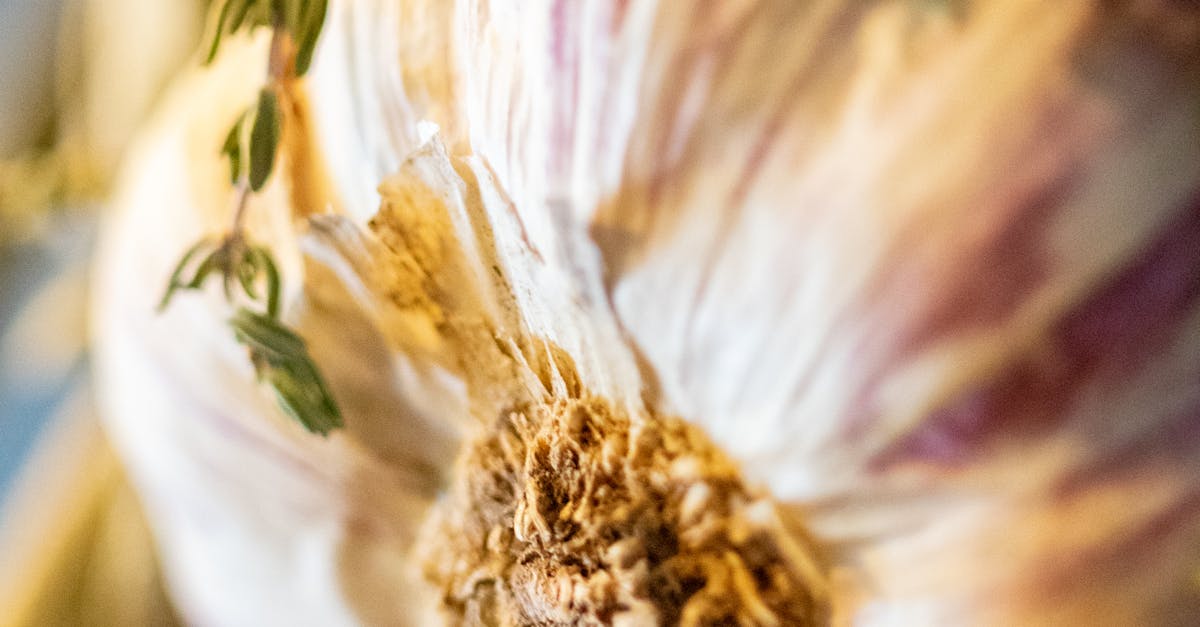
How To Grow Your Own Vegetables At Home
- September 30, 2024
- 4 min Read
- Views 593
How to Grow Your Own Vegetables at Home
Growing your own vegetables at home is not only a rewarding hobby but also a step towards a healthier lifestyle. By cultivating organic, home-grown vegetables, you'll enjoy fresher, nutrient-rich produce, and reduce your carbon footprint. This guide will walk you through the essential steps on how to grow your own vegetables at home.
Choosing the Right Location
The first step in how to grow your own vegetables at home is selecting an appropriate location. Your vegetable garden needs ample sunlight, ideally around 6-8 hours a day. Whether you have a spacious backyard or a small balcony, the spot should be well-drained to prevent waterlogging, which can harm plant roots.
Preparing the Soil
Healthy soil is the foundation of a thriving vegetable garden. Begin by testing your soil's pH level, which should ideally be between 6.0 and 7.0 for most vegetables. Enrich your soil with organic matter like compost or well-rotted manure to improve its fertility, structure, and moisture-retaining capacity.
Choosing Your Vegetables
Selecting the right vegetables to grow is crucial. Consider your local climate and the growing season. Some easy-to-grow vegetables for beginners include tomatoes, lettuce, peppers, radishes, and cucumbers. Opt for heirloom or organic seeds when possible, as they are often more resilient and flavorful.
Guide Steps
Step 1: Plan Your Garden Layout
Before planting, sketch a garden layout to maximize your space. Companion planting can help deter pests and improve yields. For example, plant basil with tomatoes or carrots with onions. Raised beds and vertical gardening are excellent solutions for small spaces.
Step 2: Start Seeds Indoors
For a head start on the growing season, start seeds indoors 6-8 weeks before the last expected frost date. Use seed trays or biodegradable pots filled with a seed-starting mix. Keep the soil moist and provide ample light to encourage healthy growth.
Step 3: Transplant Seedlings
Once the seedlings have grown strong enough and the danger of frost has passed, transplant them into your garden. Harden off the seedlings by gradually exposing them to outdoor conditions over a week.
Step 4: Watering and Mulching
Maintain consistent moisture by watering your vegetables deeply and regularly. Mulching helps retain soil moisture, suppress weeds, and regulate temperature. Organic mulches such as straw, leaves, or grass clippings work well.
Step 5: Fertilizing
Regularly feed your plants with organic fertilizers like compost tea, fish emulsion, or worm castings. Follow the recommended application rates to avoid over-fertilization, which can harm your plants.
Step 6: Pest Control
Keep pests at bay using natural methods. Introduce beneficial insects like ladybugs and predatory nematodes. Use neem oil, insecticidal soaps, or homemade garlic spray to control persistent pests. Companion planting and crop rotation also help reduce pest problems.
Step 7: Harvesting
Harvest your vegetables when they reach their peak ripeness for the best flavor and nutrition. Early morning is the best time to harvest, as vegetables are most hydrated. Regular harvesting encourages more production.
FAQs
What vegetables grow well in containers?
Many vegetables can thrive in containers, including tomatoes, peppers, lettuce, spinach, carrots, and herbs like basil and parsley. Ensure the containers have good drainage and use a high-quality potting mix.
How much water do vegetable plants need?
Vegetable plants generally require about 1-2 inches of water per week. This can vary depending on the weather, soil type, and plant requirements. Water deeply rather than frequently to encourage deep root growth.
Can I grow vegetables indoors?
Yes, many vegetables and herbs can be grown indoors with adequate light. Use grow lights if natural sunlight is insufficient, and choose compact or dwarf varieties for indoor growing.
How do I know when my vegetables are ready to harvest?
Each vegetable has specific signs of ripeness. For example, tomatoes should be fully colored and slightly firm, while cucumbers should be firm and green. Refer to seed packets or a gardening guide for harvest indicators.
Growing vegetables at home is a fulfilling endeavor that brings many benefits. With proper planning, care, and attention, you can enjoy a bountiful harvest of home-grown produce.
Tags:
Home gardening, organic gardening, vegetable gardening, how to grow your own vegetables at home, urban gardening, sustainable living, eco-friendly, grow your own food
People Also View
-
1September 29, 2024
-
2October 13, 2024
-
3October 13, 2024
-
4October 06, 2024
-
5September 29, 2024
Categories
- Near Me 2147 Posts
- How To 548 Posts
- Where To 257 Posts
- Why 90 Posts
- How Much 97 Posts
- Travel 202 Posts
- Food And Drink 815 Posts
- Shopping 797 Posts
- Lifestyle 1050 Posts
- Automotive 364 Posts
- Digital Income 70 Posts








